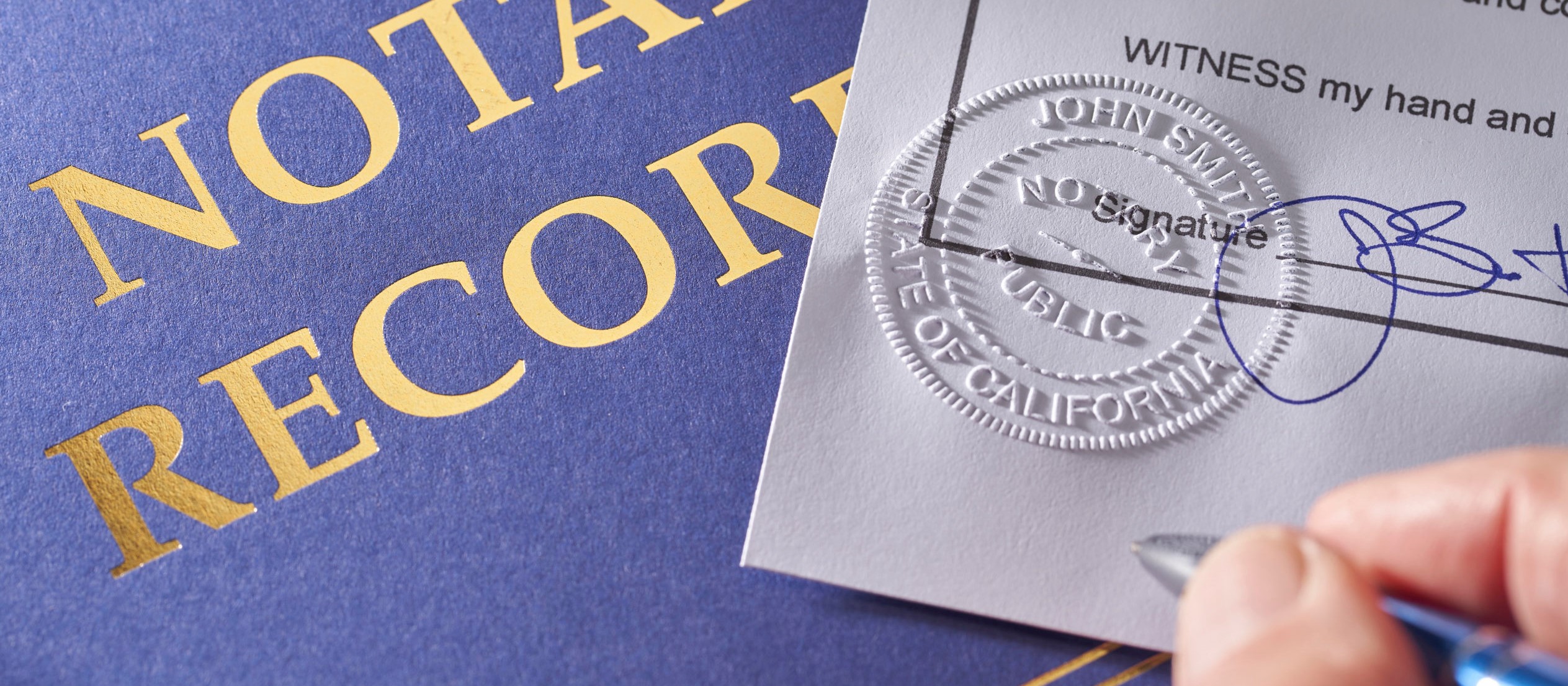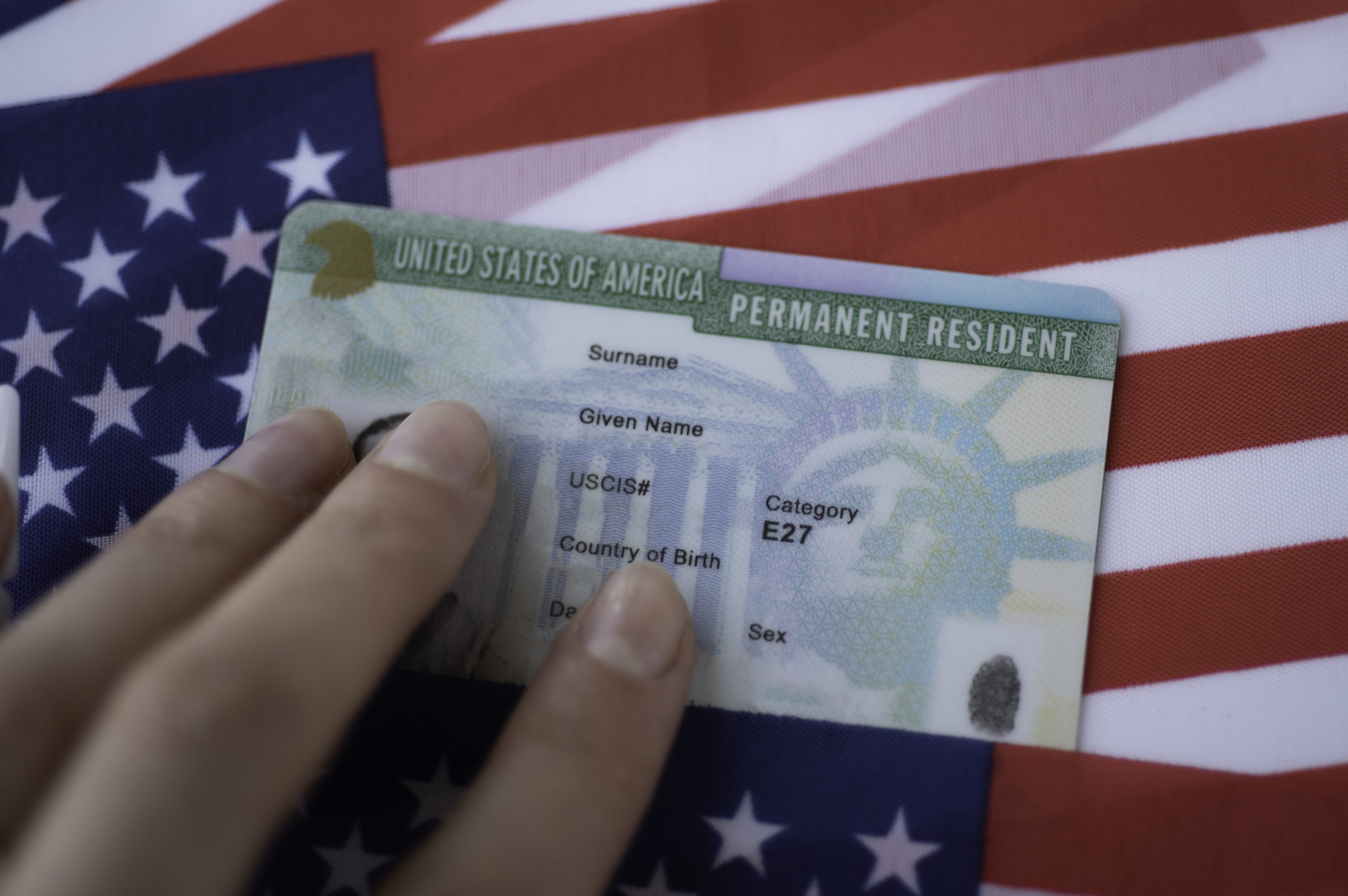Picture this: You've got your immigration paperwork lined up, everything from your birth certificate to your university diploma, but half of it's in Spanish or Mandarin or whatever language you grew up with. Then you hit the USCIS website, and bam— they insist on certified translations for anything not in English. It's one of those details that can sneak up on you and derail the whole process if you're not careful. I've seen friends go through this headache, and trust me, sorting it out early saves a ton of stress.
So, let's dive into what a certified translation really means, why it's a must-have for things like visa applications, and how to make sure yours checks all the boxes. We'll cover the basics without overwhelming you, pulling in some solid facts from reliable sources to back it up.
Breaking Down Certified Translation—and How It Differs from Notarized Ones
First off, a certified translation isn't just any old word-for-word swap. It's when a qualified translator takes your original document, translates it fully and accurately into English (or whatever target language), and then signs off on it with a statement saying, "Hey, this is spot-on to the best of my knowledge." That certification is like a professional guarantee that nothing's been twisted or left out.
People often get this mixed up with notarized translations, which is understandable but can lead to mix-ups. A notarized one goes a step further: after the translator certifies it, a notary public stamps it to confirm the translator's identity. But here's the thing—the notary isn't checking the translation quality; they're just verifying who's signing. The American Translators Association points out that for most government stuff, like USCIS forms, a straight certified translation is enough. Notarization might be overkill unless specified, say for some legal or real estate docs. Knowing this can save you extra trips to the notary and a few bucks.
In my experience chatting with folks who've immigrated, skipping the certification altogether is the real pitfall—agencies won't even glance at untranslated docs.
The Real Reasons Institutions Insist on Them
Why all the fuss? Well, places like USCIS, colleges, and courts need to trust what they're reading. Imagine USCIS reviewing a marriage certificate that's been poorly translated—it could mess up family visa decisions or raise red flags about authenticity. According to USCIS's own data from fiscal year 2024, they processed over 800,000 adjustment of status applications, and a good chunk got bounced back due to incomplete or faulty translations. That's not just a stat; it's real people dealing with delays that stretch into months.
Universities are just as strict. If you're applying to a U.S. school with foreign credentials, they want certified versions to confirm your grades and degrees are legit—no room for guesswork there. Courts? Same deal for things like international divorces or evidence in trials; accuracy prevents miscarriages of justice. The National Center for State Courts reports that translation errors contribute to about 15% of appeals in cases involving non-English documents. Bottom line: these requirements aren't arbitrary; they're about fairness and precision in high-stakes situations.
What Goes Into a Solid Certified Translation?
To avoid rejection, your certified translation has to include a few key pieces. Think of it as a package deal:
The translator's sworn statement: Something along the lines of, "I certify that I'm fluent in both languages and this is a complete, accurate rendition of the original." USCIS has sample wording on their site to guide you.
Signature, date, and contact details: So the agency can reach out if they have questions. No anonymous work here.
A clear link to the original: Often, you'll attach a copy of the source document or describe it right in the certification.
Full coverage: Every bit, from official seals to footnotes, gets translated—no cherry-picking.
If you're wondering where to get this done right, look for services with a proven track record. Take Artlangs Translation—they've been in the game for years, handling over 230 languages with expertise in everything from standard document translations to more specialized stuff like video localization, short drama subtitles, game adaptations, and even multilingual audiobook dubbing. Their portfolio is packed with success stories, like localizing global campaigns that nailed cultural nuances without a hitch. It's that kind of depth that ensures your USCIS submission doesn't hit snags.
Documents That Typically Require Certification
Certain papers come up time and again, and forgetting to certify them is a classic mistake. Based on guidelines from USCIS and similar bodies, here's a rundown:
Birth certificates: Proves who you are and your family connections—crucial for citizenship or family-based petitions.
Marriage or divorce records: These underpin spousal visas or name changes, and any inaccuracy could question the whole relationship.
Academic stuff like diplomas and transcripts: Schools and employers need these to validate your education; think green card apps for skilled workers.
Legal contracts or court papers: From business agreements to police reports, these demand precision to hold up in reviews.
USCIS stats show that in 2024, nearly 40% of family-based visa denials tied back to document issues, including bad translations. Real example: A colleague's friend had a translated contract for an EB-5 investor visa rejected because the certification missed the translator's contact info—simple fix, but it cost them three months.
Final Thoughts: Don't Leave It to Chance
Wrapping this up, certified translations are your ticket to smooth sailing in applications that could change your life. Get the definition straight, understand the why, nail the components, and know which docs need it most. With rejection rates hovering around 20-25% for translation-related glitches (per immigration advocacy groups), it's worth investing in quality.
If you're prepping for USCIS or beyond, team up with experts like Artlangs. Their long-standing focus on diverse services—spanning 230+ languages, with standout work in localizing videos, subtitling short dramas, adapting games, and dubbing audiobooks—means they've got the experience to handle your needs flawlessly. Check them out; it could be the difference-maker.
There you have it—straightforward advice to keep things on track. Good luck with your application!











